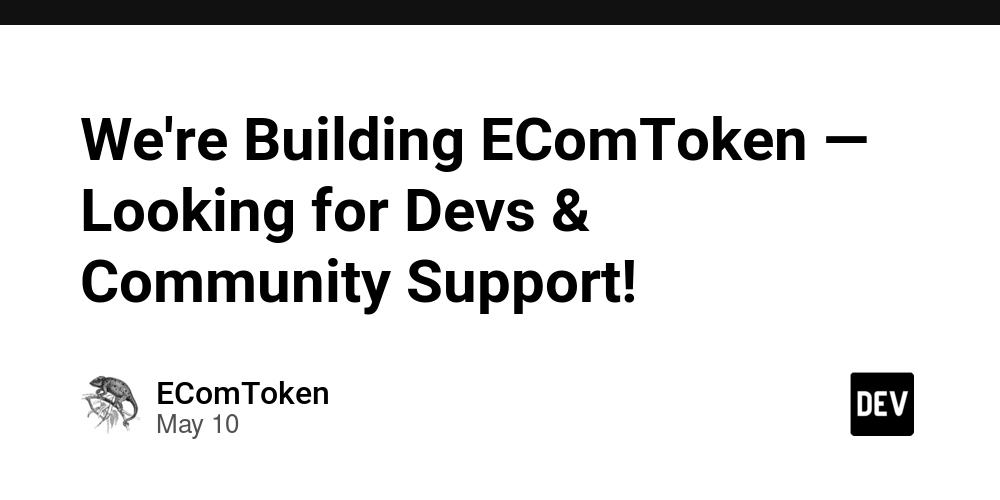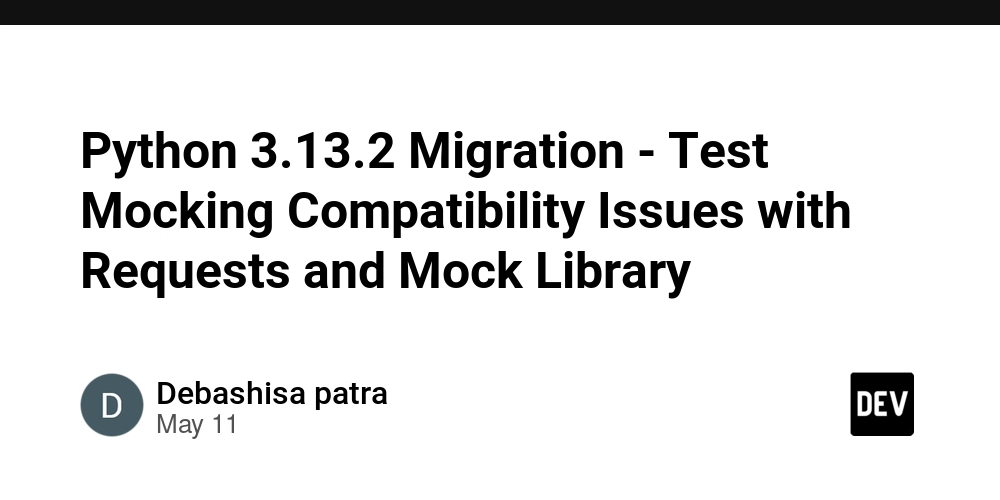How to Parse Server-Sent Events (SSE) in Blazor
Introduction In ASP.NET Core 10, the ability to support Server-Sent Events (SSE) was introduced, allowing developers to push real-time updates to clients. This feature enhances user experience by providing immediate feedback without requiring the user to refresh the page. If you're working on a Blazor project and want to handle SSE data correctly, you may encounter challenges in parsing this stream. Why You Might Face Issues with SSE When working with SSE in a Blazor application, a common problem is receiving zero elements in the stream. This often happens due to issues in the way the server sends the data or how the client processes it. For instance, if the data format isn’t correctly interpreted or if the connection is prematurely closed, parsing errors can occur. It’s essential to ensure that your Blazor client-side code is set up correctly to handle the incoming stream. Setting Up the Server for SSE in ASP.NET Core The following code snippet demonstrates how to create an endpoint for SSE in your ASP.NET Core application. This code will generate random heart rate values every 2 seconds and push them to the client: app.MapGet("/backend/heartrate", (CancellationToken cancellationToken) => { async IAsyncEnumerable GetHeartRate( [EnumeratorCancellation] CancellationToken cancellationToken) { while (!cancellationToken.IsCancellationRequested) { var heartRate = Random.Shared.Next(60, 100); yield return heartRate; await Task.Delay(2000, cancellationToken); } } return TypedResults.ServerSentEvents(GetHeartRate(cancellationToken), eventType: "heartRate"); }); This code creates an endpoint at /backend/heartrate where heart rate values are sent as Server-Sent Events. Blazor Client Code for Receiving SSE To receive the SSE in your Blazor application, you can use a method similar to the one below. However, it seems you faced issues with parsing, so let’s ensure it is set up correctly. Here’s a refined version of your code: Updated GetHeartRate Method private async Task GetHeartRate() { // Obtain the stream from the given SSE endpoint await using var stream = await HttpClient.GetStreamAsync("backend/heartrate"); // Ensure stream is valid and can be parsed if (stream != null) { await foreach (var item in SseParser.Create(stream).EnumerateAsync()) { // Ensure the data is parsed correctly if (!string.IsNullOrEmpty(item.Data)) { heartRate = int.Parse(item.Data); // You can add logic here to update UI elements or state } } } } Handling Stream Parser Make sure you have a suitable SSE parser implemented. The SseParser.Create(stream) should return an object that can enumerate through incoming stream data. If you do not have this parser ready, let’s outline a simple example: Basic SSE Parser Example public class SseParser { public static async IAsyncEnumerable Create(Stream stream) { using var reader = new StreamReader(stream); while (!reader.EndOfStream) { var line = await reader.ReadLineAsync(); if (!string.IsNullOrEmpty(line)) { yield return ParseSseEvent(line); } } } private static SseEvent ParseSseEvent(string line) { // Parse the line into an SseEvent object, assuming it contains data: return new SseEvent { Data = line }; // Customize parsing logic as needed. } } public class SseEvent { public string Data { get; set; } } Frequently Asked Questions What is a Server-Sent Event (SSE)? Server-Sent Events (SSE) is a standard describing how servers can initiate data transmission to client web applications once an initial client connection has been established. How do I troubleshoot SSE issues in Blazor? If you are receiving zero elements in your stream, check that your server is sending data correctly, ensure that your SSE parser is functioning as expected, and validate the endpoint URL. Does Blazor support real-time data updates? Yes, Blazor does support real-time data updates using Server-Sent Events and can seamlessly integrate with SignalR for broadcasting messages if required.
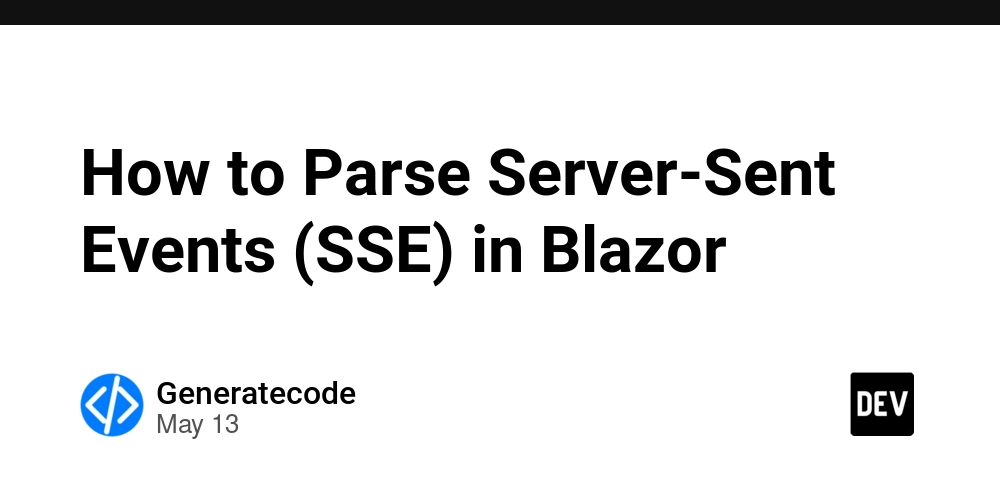
Introduction
In ASP.NET Core 10, the ability to support Server-Sent Events (SSE) was introduced, allowing developers to push real-time updates to clients. This feature enhances user experience by providing immediate feedback without requiring the user to refresh the page. If you're working on a Blazor project and want to handle SSE data correctly, you may encounter challenges in parsing this stream.
Why You Might Face Issues with SSE
When working with SSE in a Blazor application, a common problem is receiving zero elements in the stream. This often happens due to issues in the way the server sends the data or how the client processes it. For instance, if the data format isn’t correctly interpreted or if the connection is prematurely closed, parsing errors can occur. It’s essential to ensure that your Blazor client-side code is set up correctly to handle the incoming stream.
Setting Up the Server for SSE in ASP.NET Core
The following code snippet demonstrates how to create an endpoint for SSE in your ASP.NET Core application. This code will generate random heart rate values every 2 seconds and push them to the client:
app.MapGet("/backend/heartrate", (CancellationToken cancellationToken) =>
{
async IAsyncEnumerable GetHeartRate(
[EnumeratorCancellation] CancellationToken cancellationToken)
{
while (!cancellationToken.IsCancellationRequested)
{
var heartRate = Random.Shared.Next(60, 100);
yield return heartRate;
await Task.Delay(2000, cancellationToken);
}
}
return TypedResults.ServerSentEvents(GetHeartRate(cancellationToken), eventType: "heartRate");
});
This code creates an endpoint at /backend/heartrate where heart rate values are sent as Server-Sent Events.
Blazor Client Code for Receiving SSE
To receive the SSE in your Blazor application, you can use a method similar to the one below. However, it seems you faced issues with parsing, so let’s ensure it is set up correctly. Here’s a refined version of your code:
Updated GetHeartRate Method
private async Task GetHeartRate()
{
// Obtain the stream from the given SSE endpoint
await using var stream = await HttpClient.GetStreamAsync("backend/heartrate");
// Ensure stream is valid and can be parsed
if (stream != null)
{
await foreach (var item in SseParser.Create(stream).EnumerateAsync())
{
// Ensure the data is parsed correctly
if (!string.IsNullOrEmpty(item.Data))
{
heartRate = int.Parse(item.Data);
// You can add logic here to update UI elements or state
}
}
}
}
Handling Stream Parser
Make sure you have a suitable SSE parser implemented. The SseParser.Create(stream) should return an object that can enumerate through incoming stream data. If you do not have this parser ready, let’s outline a simple example:
Basic SSE Parser Example
public class SseParser
{
public static async IAsyncEnumerable Create(Stream stream)
{
using var reader = new StreamReader(stream);
while (!reader.EndOfStream)
{
var line = await reader.ReadLineAsync();
if (!string.IsNullOrEmpty(line))
{
yield return ParseSseEvent(line);
}
}
}
private static SseEvent ParseSseEvent(string line)
{
// Parse the line into an SseEvent object, assuming it contains data:
return new SseEvent { Data = line }; // Customize parsing logic as needed.
}
}
public class SseEvent
{
public string Data { get; set; }
}
Frequently Asked Questions
What is a Server-Sent Event (SSE)?
Server-Sent Events (SSE) is a standard describing how servers can initiate data transmission to client web applications once an initial client connection has been established.
How do I troubleshoot SSE issues in Blazor?
If you are receiving zero elements in your stream, check that your server is sending data correctly, ensure that your SSE parser is functioning as expected, and validate the endpoint URL.
Does Blazor support real-time data updates?
Yes, Blazor does support real-time data updates using Server-Sent Events and can seamlessly integrate with SignalR for broadcasting messages if required.




















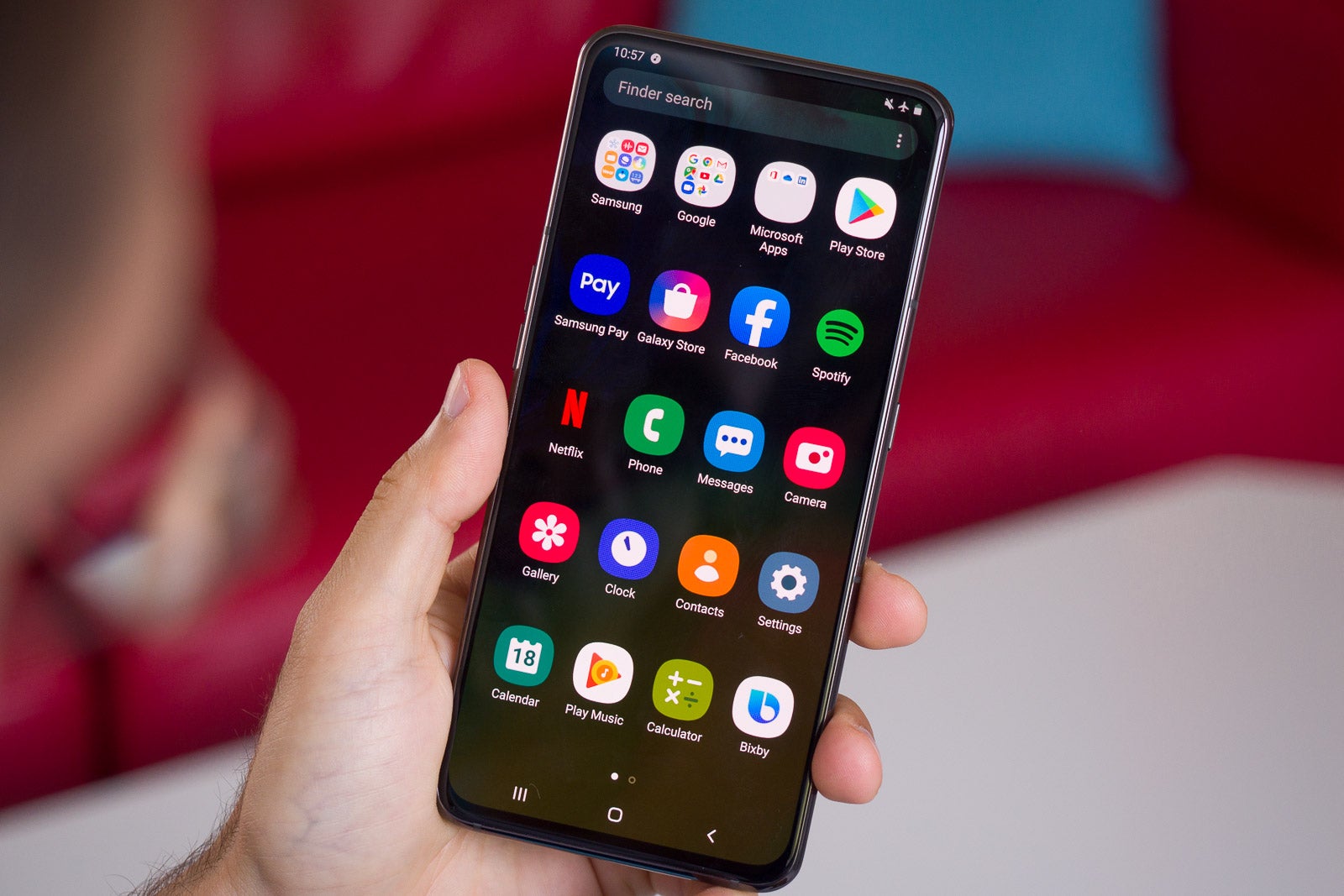

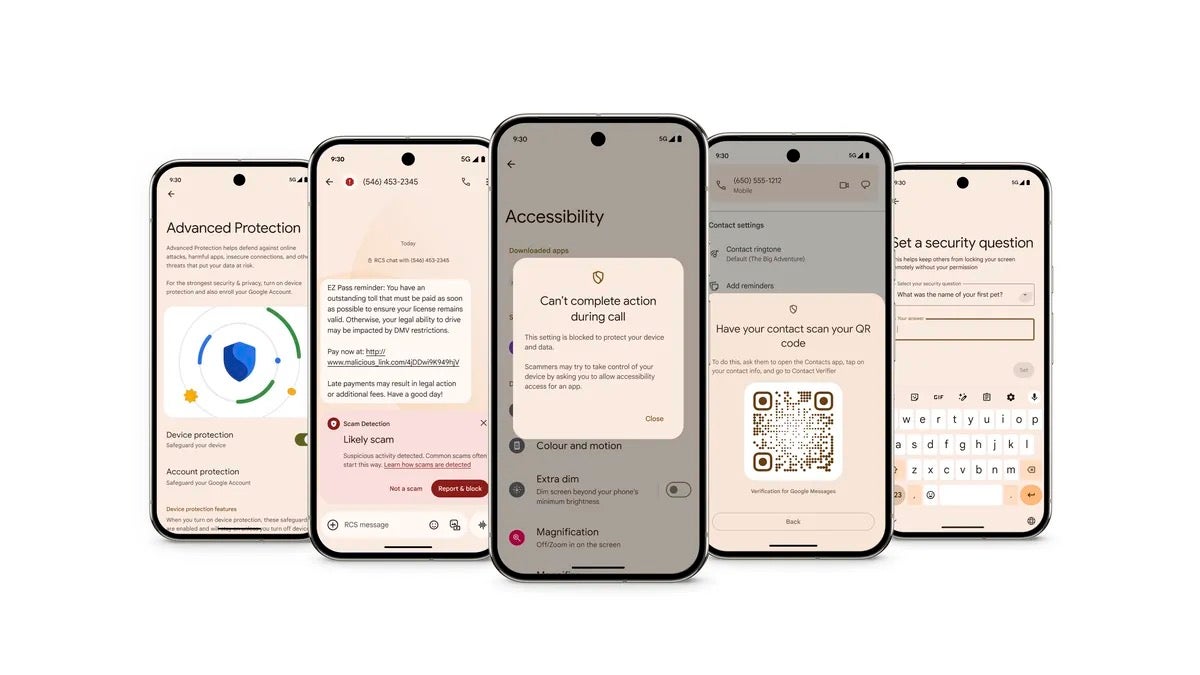





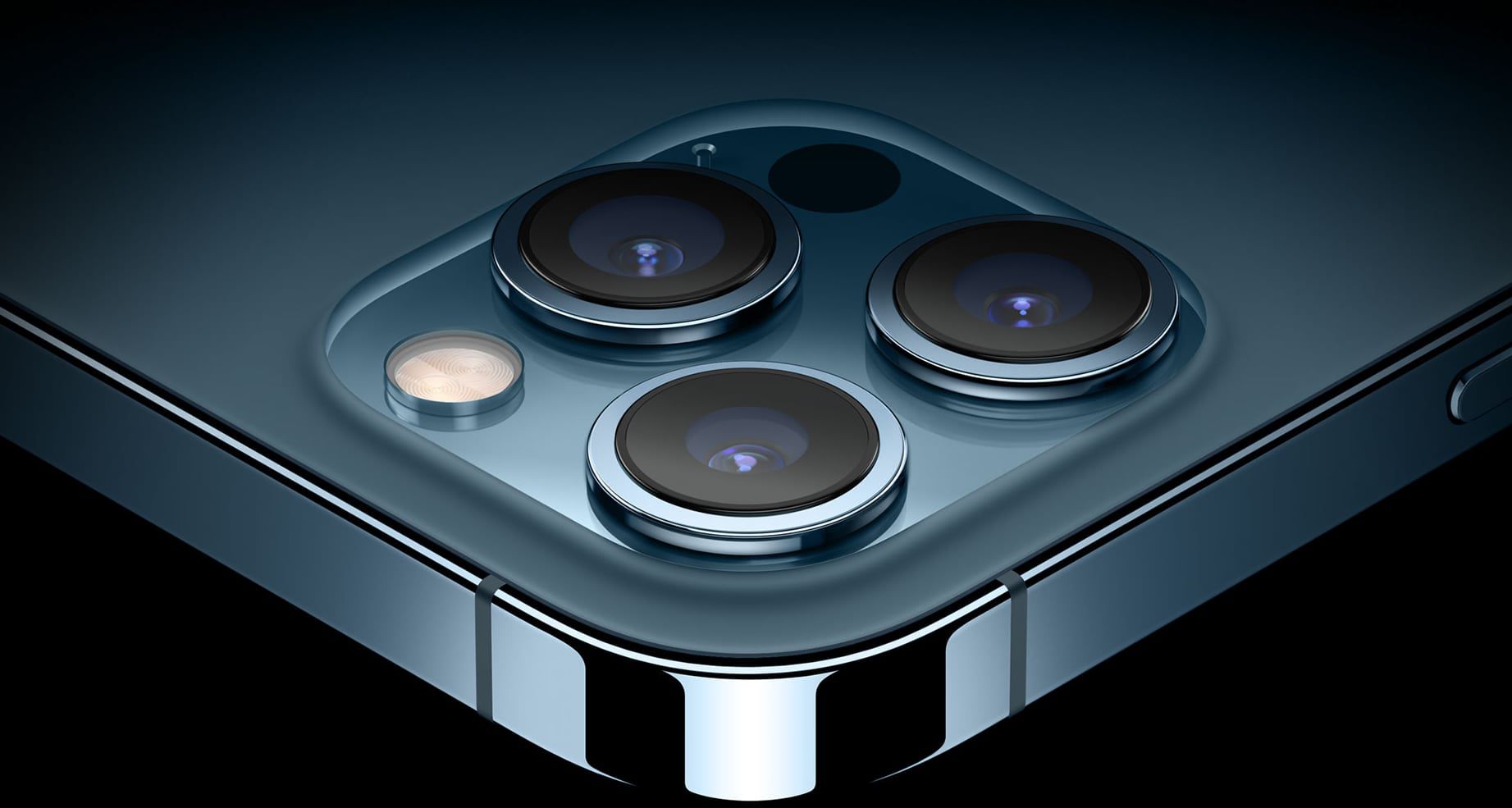
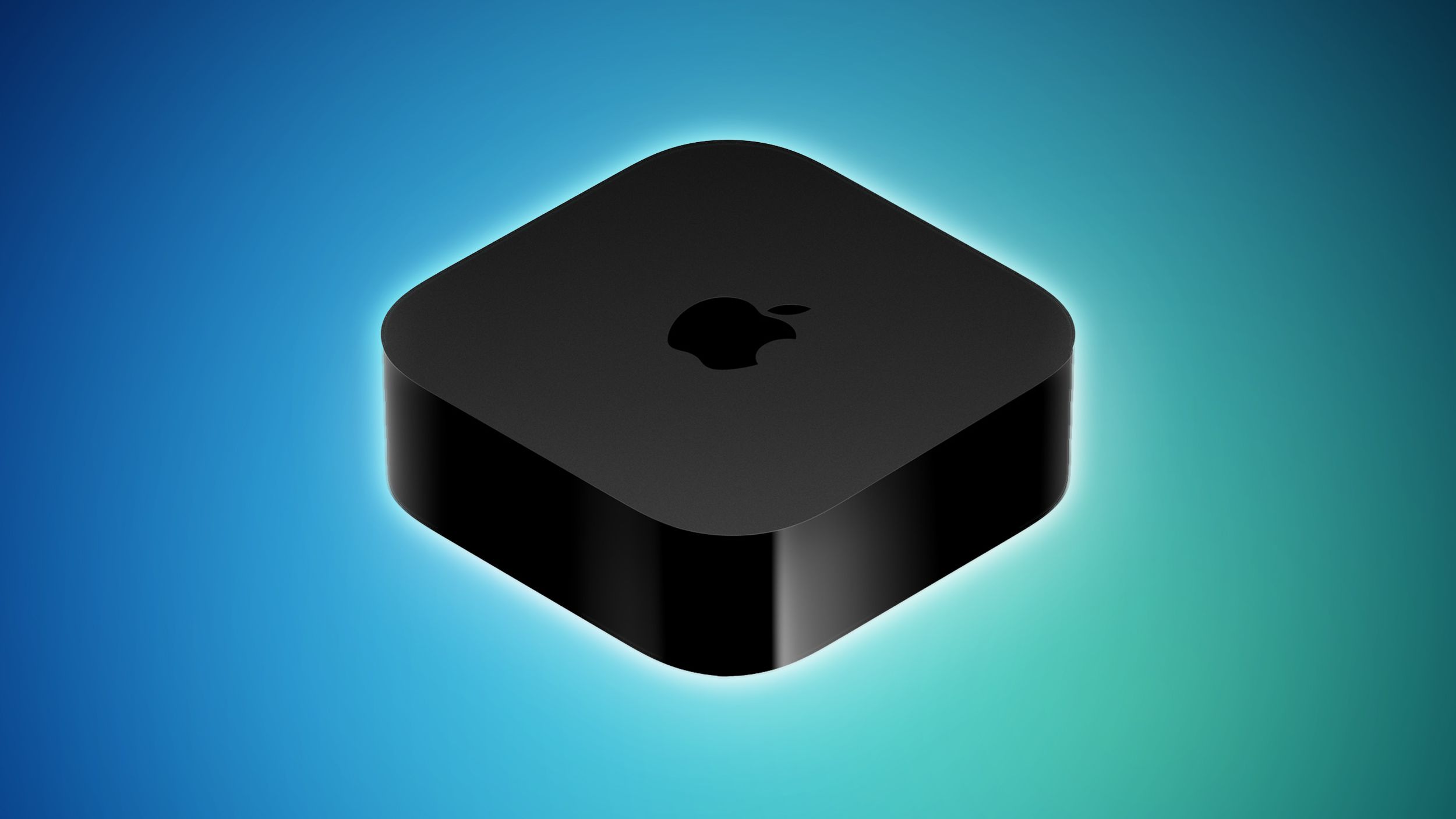

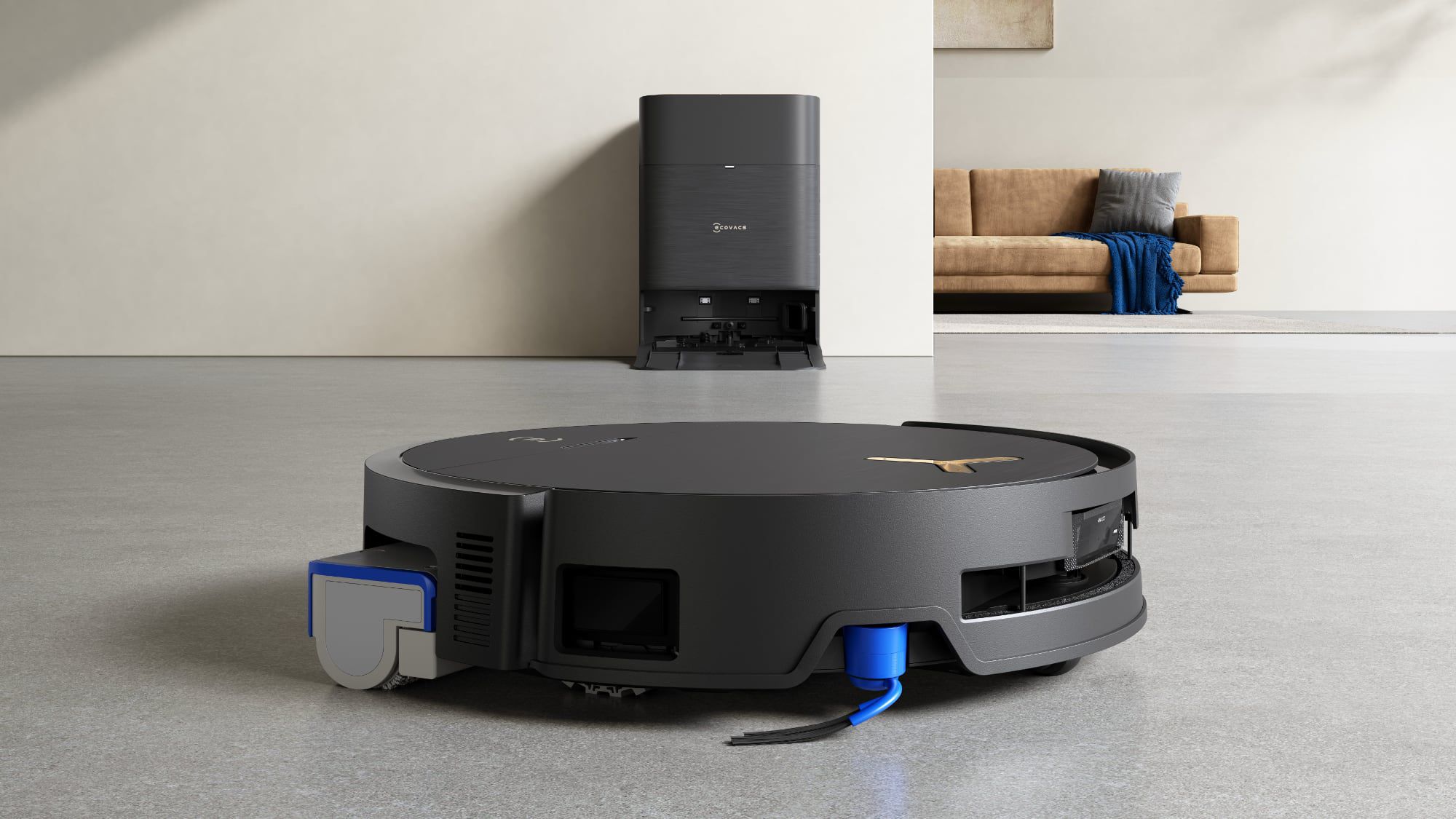















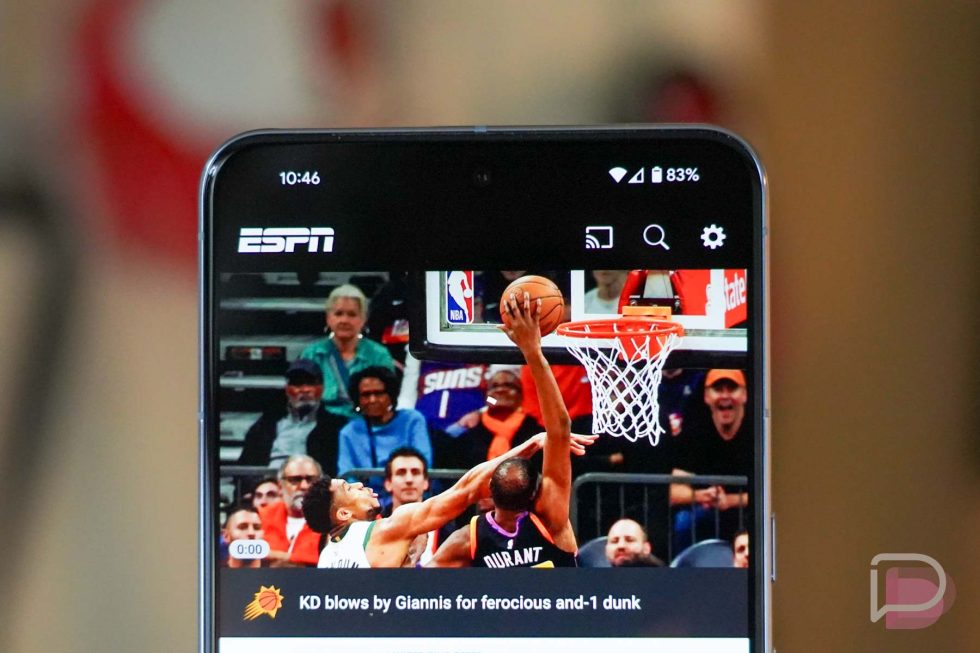

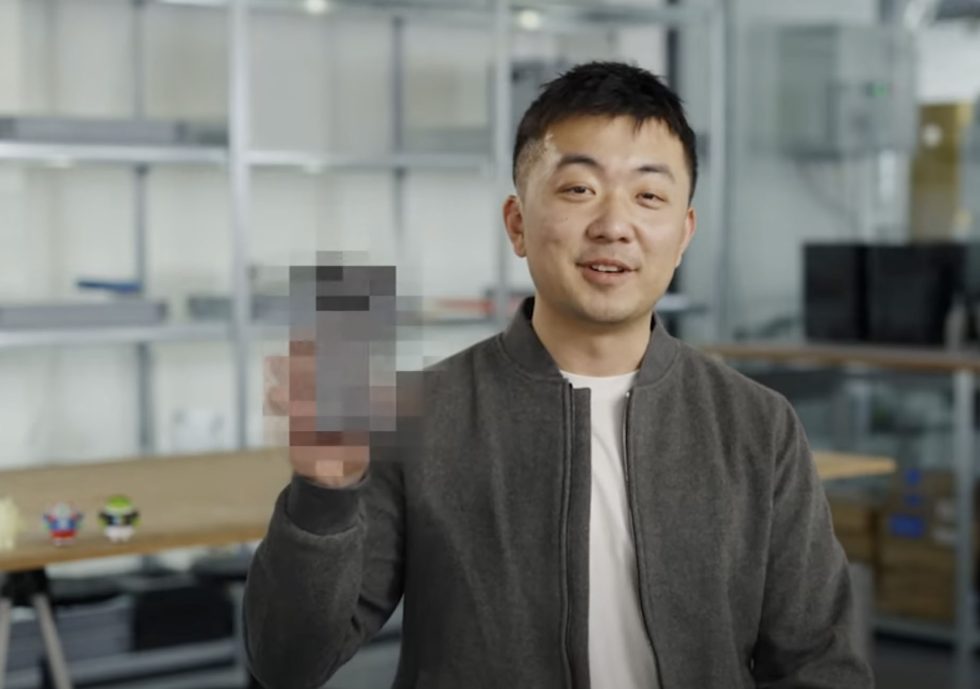



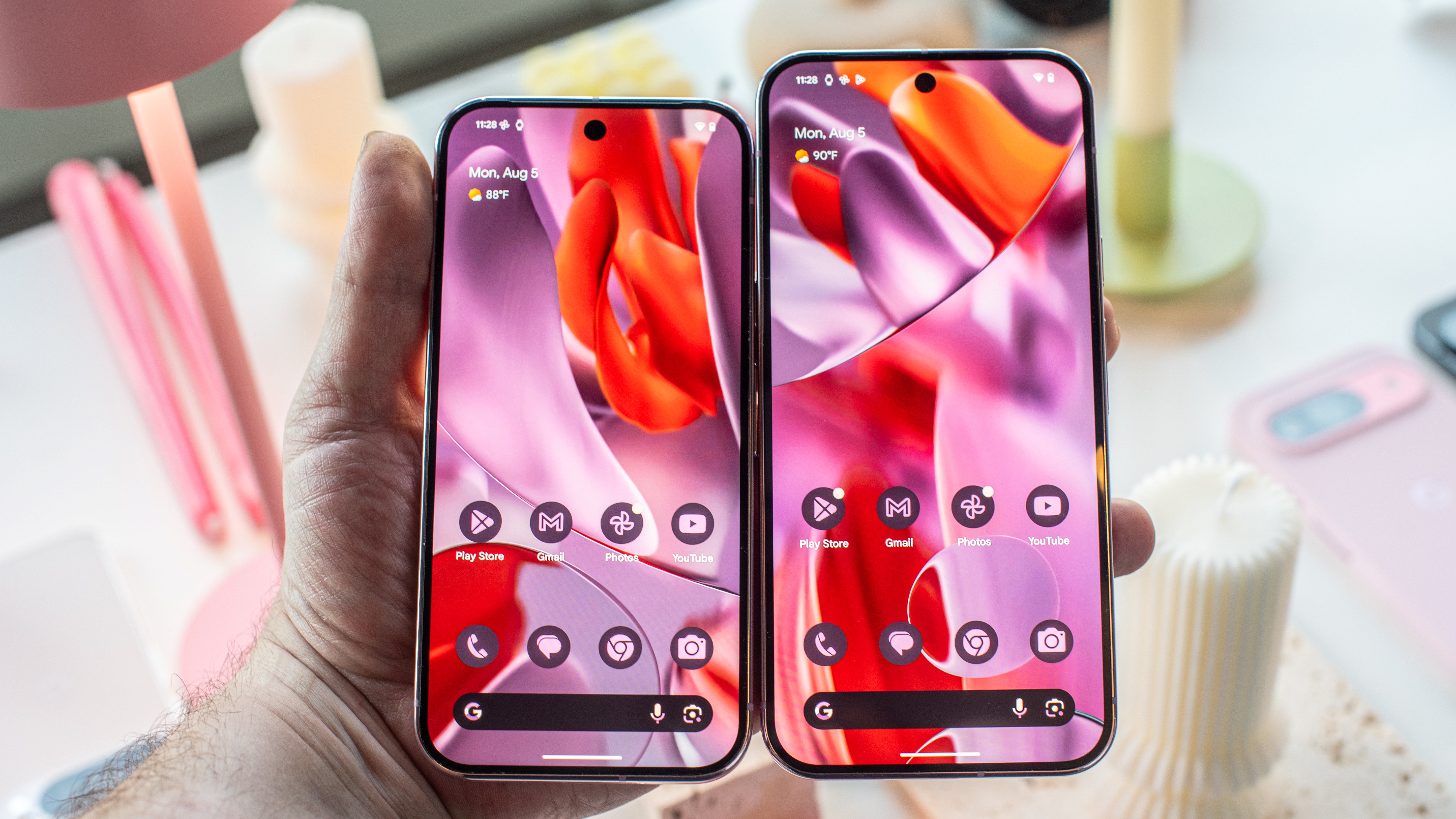

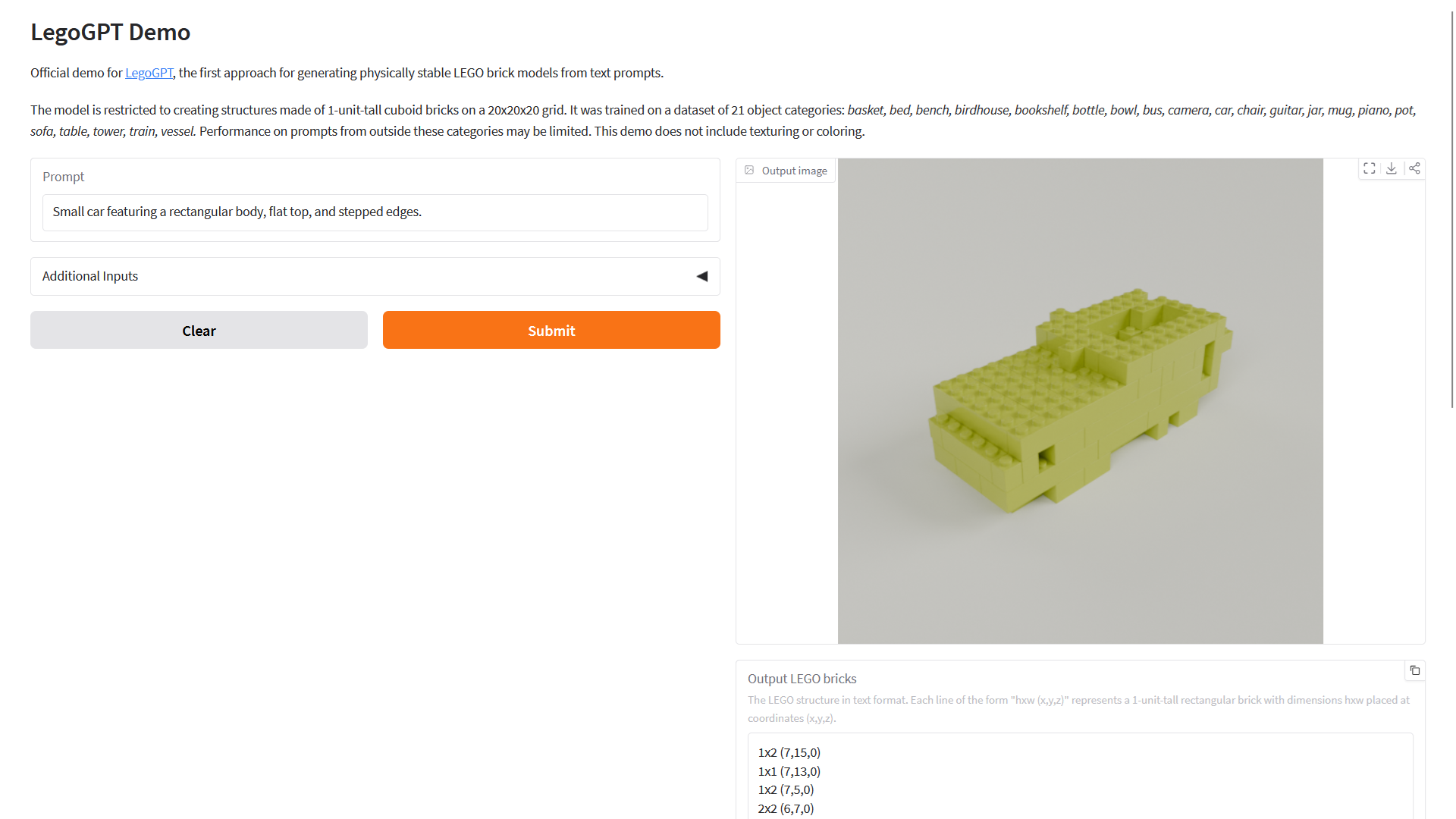




















![Apple Unveils Powerful New Accessibility Features for iOS 19 and macOS 16 [Video]](https://www.iclarified.com/images/news/97311/97311/97311-640.jpg)

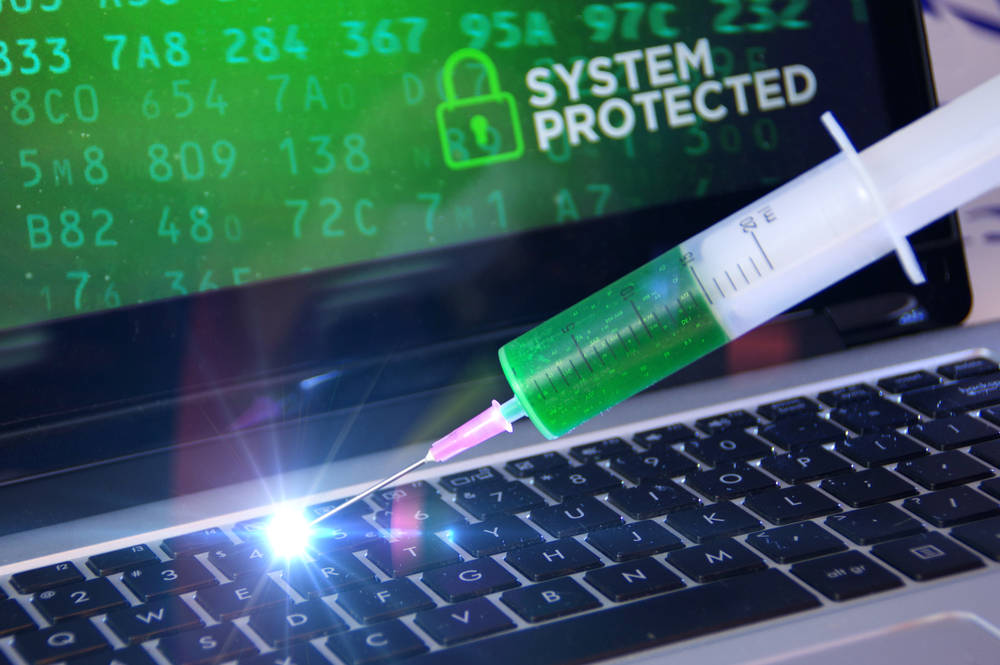
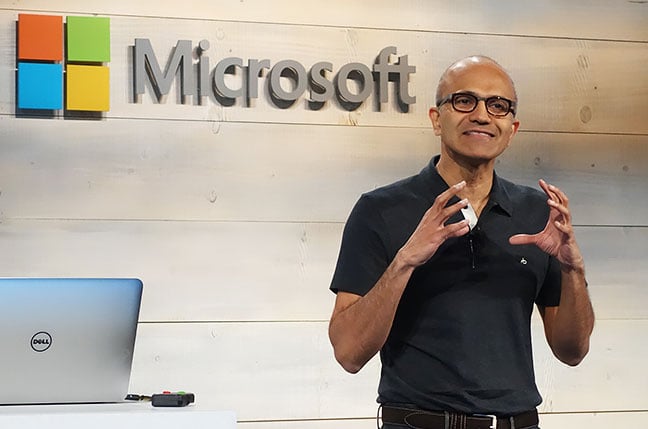
















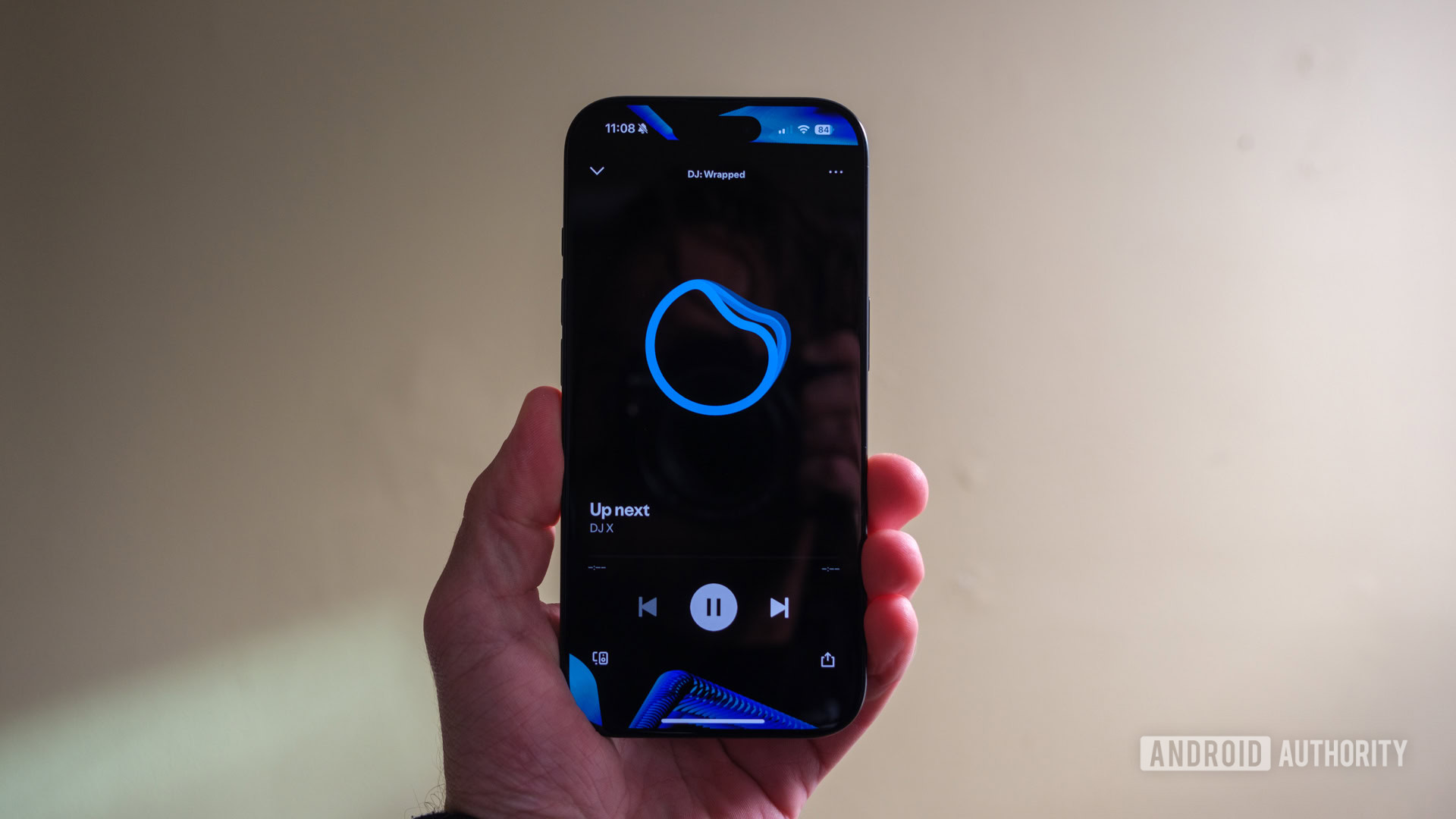

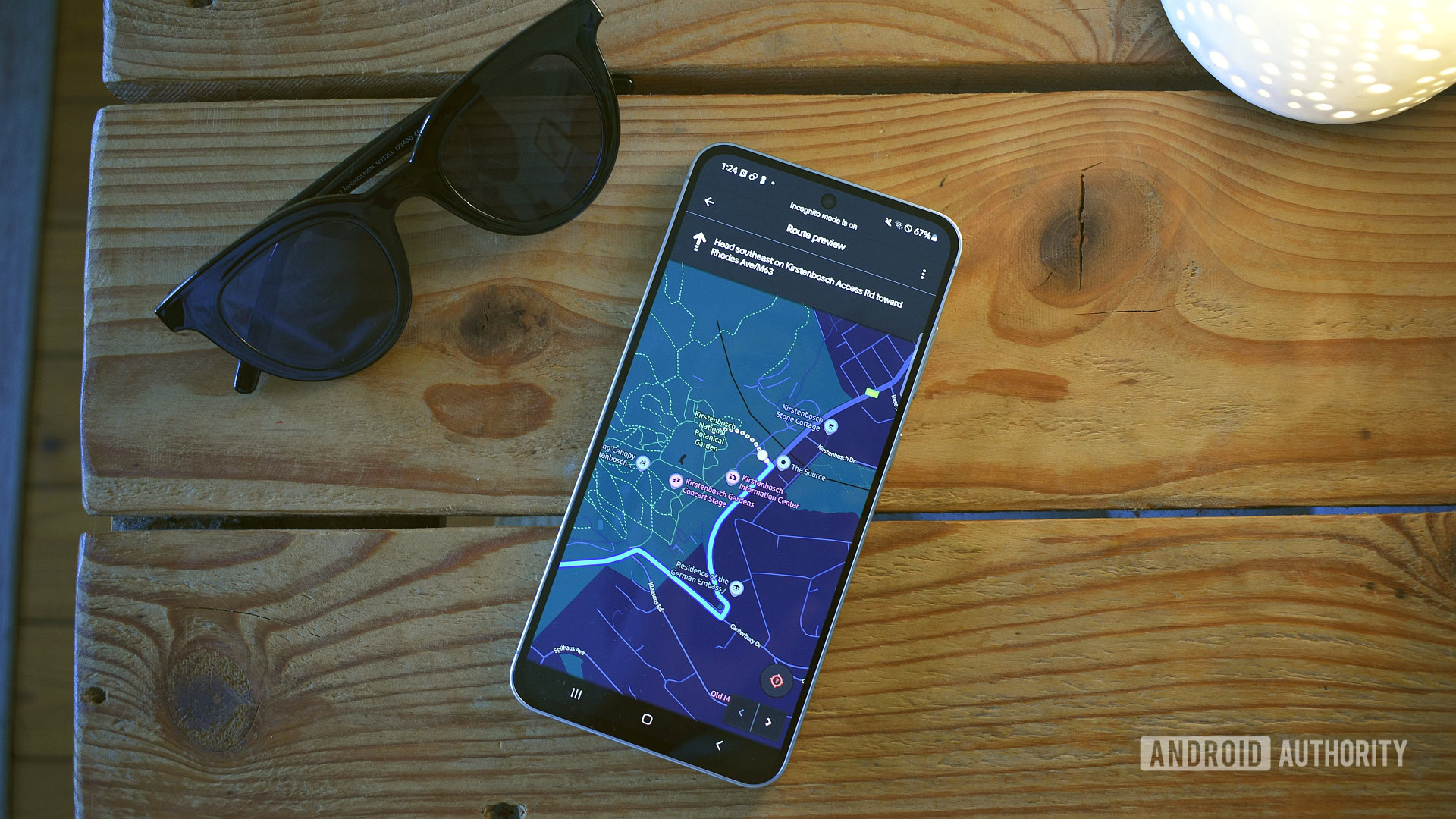



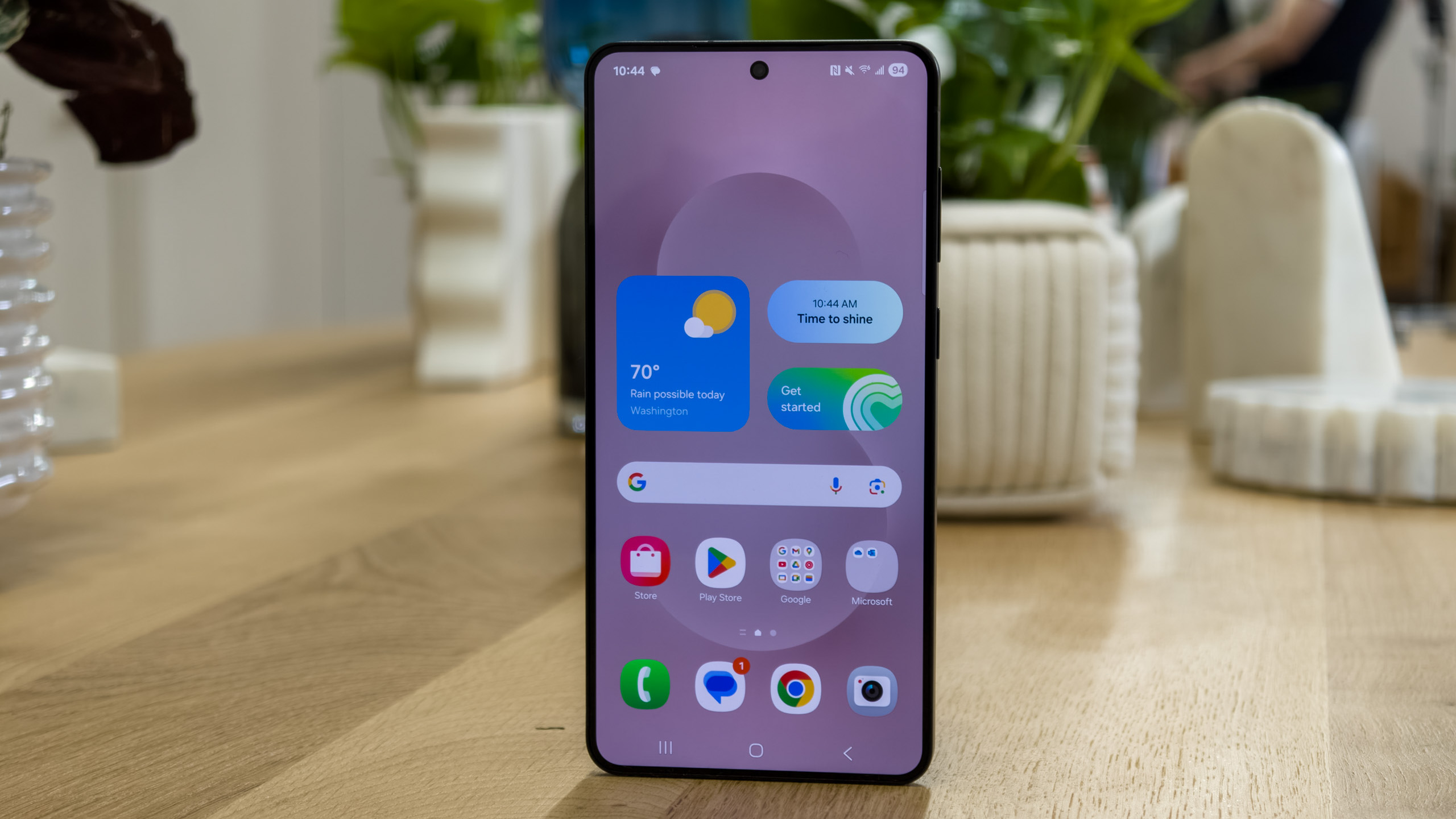
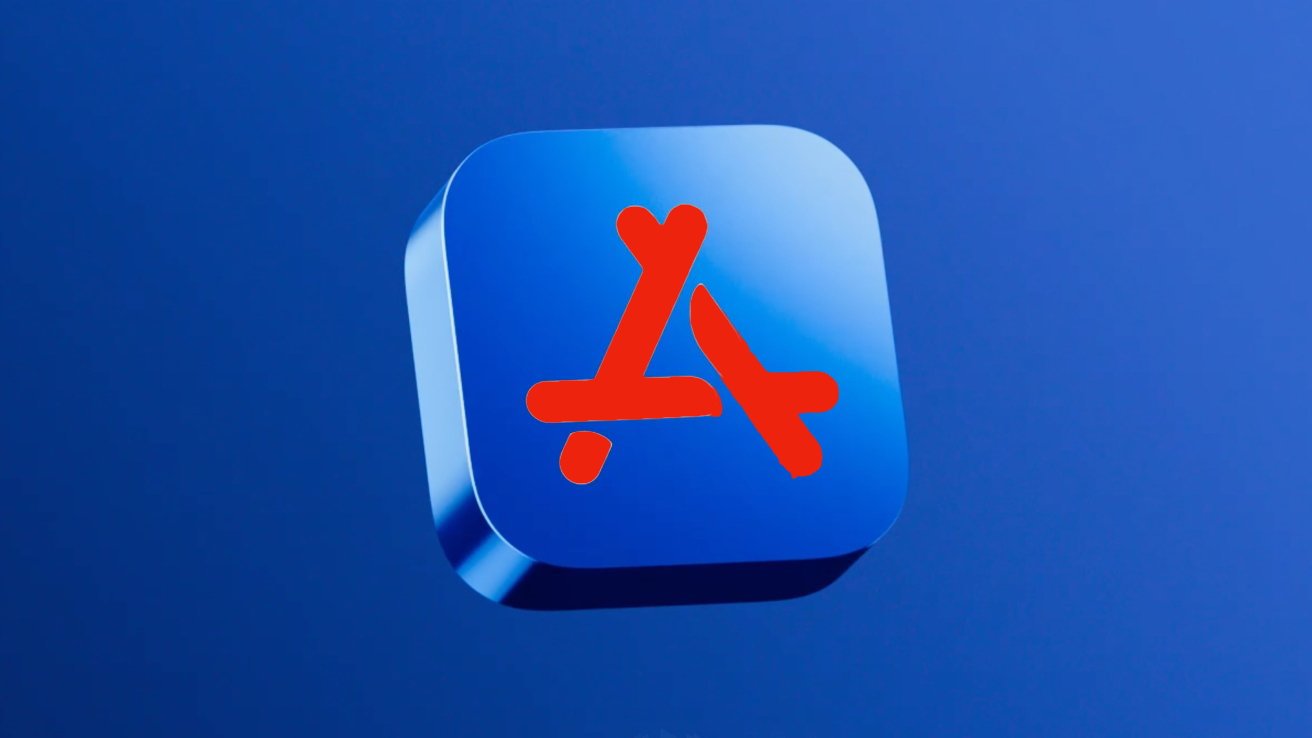
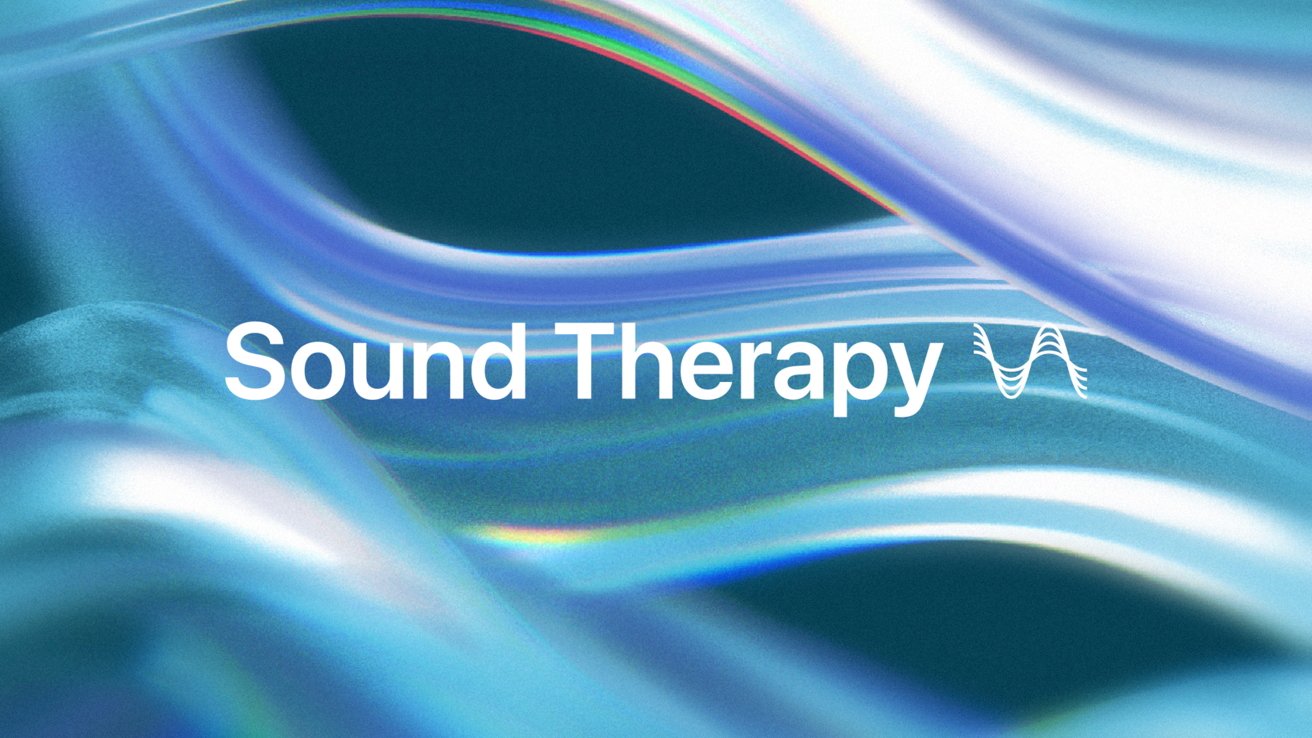

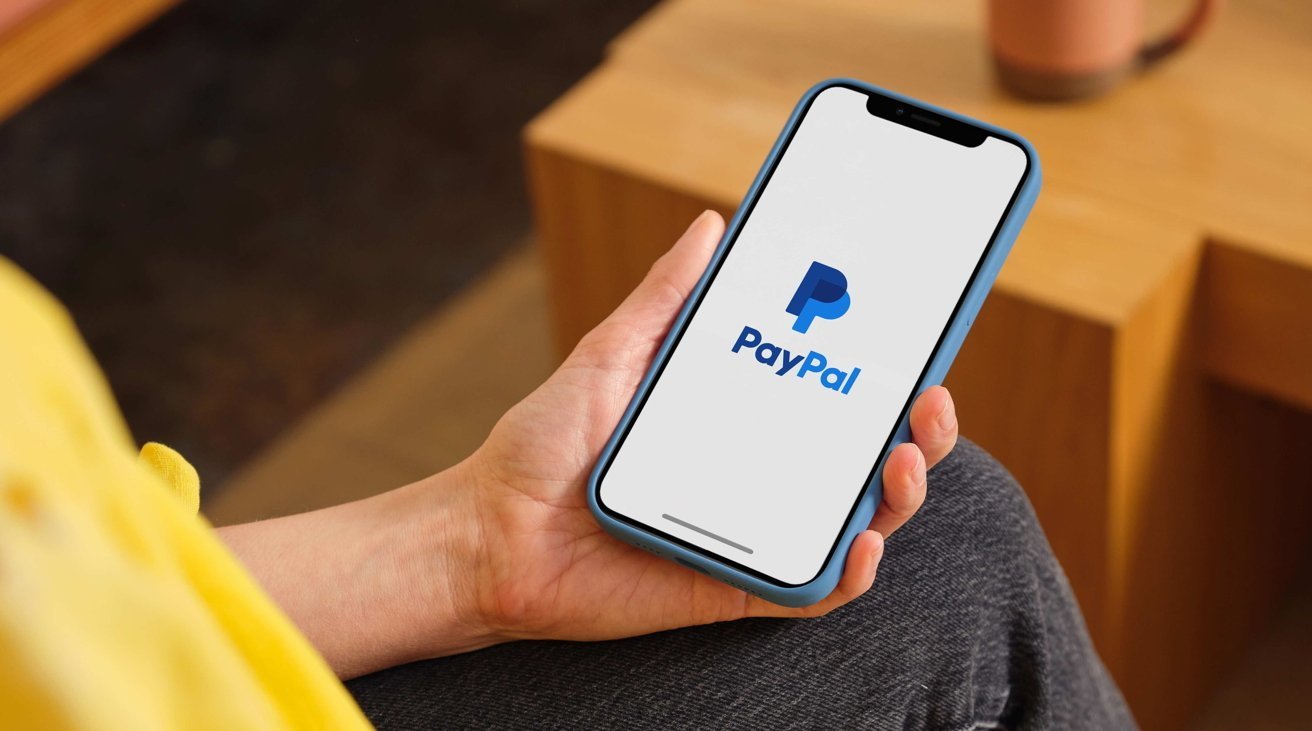

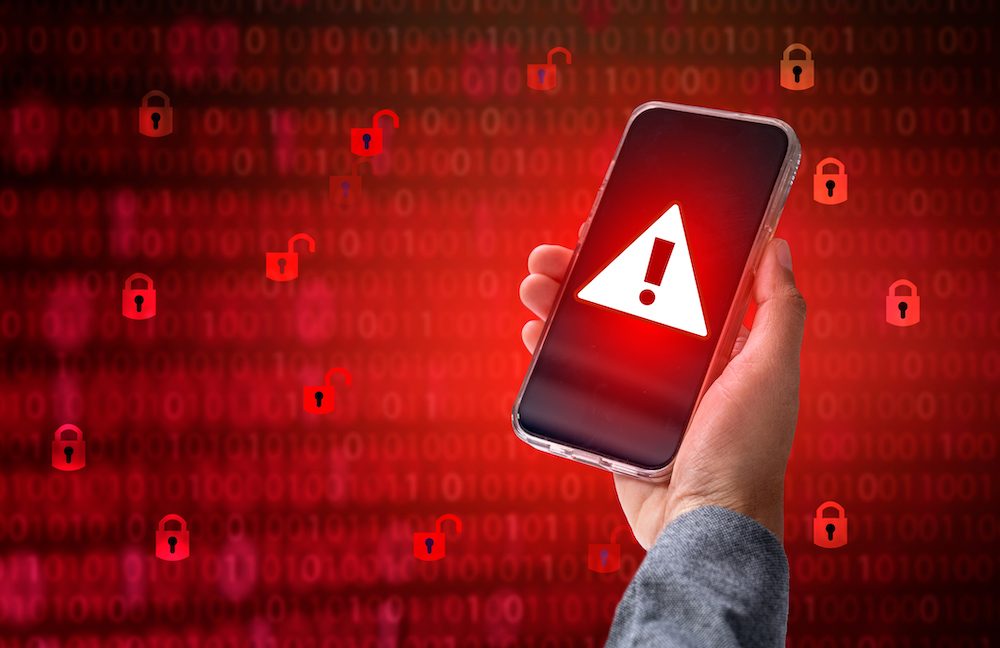
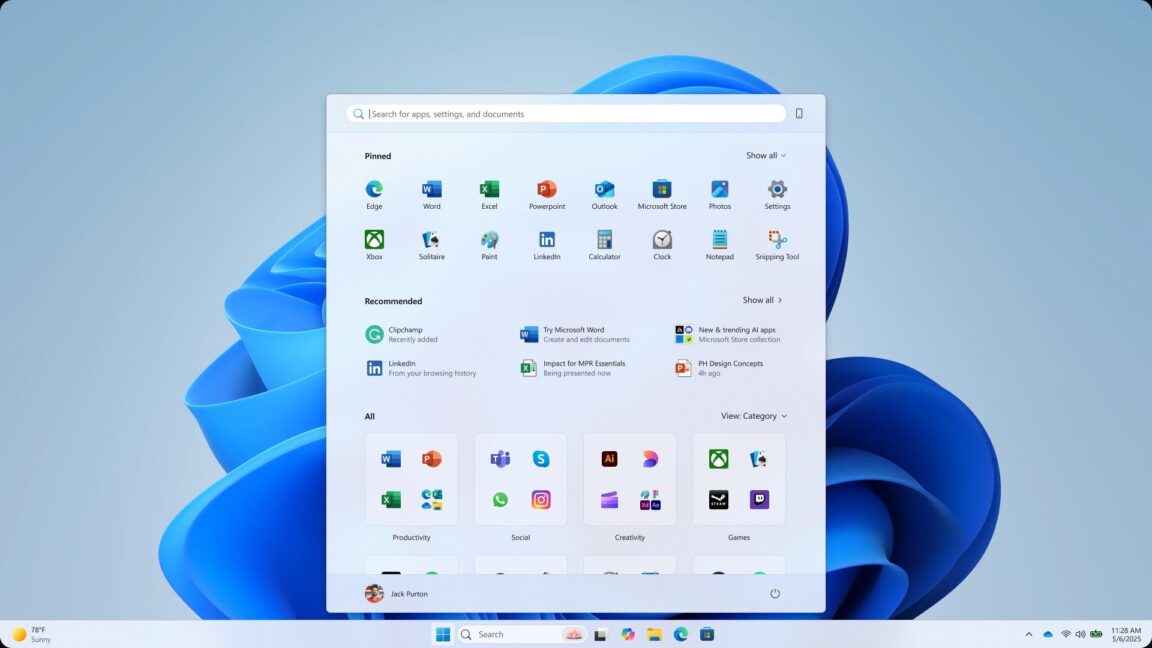

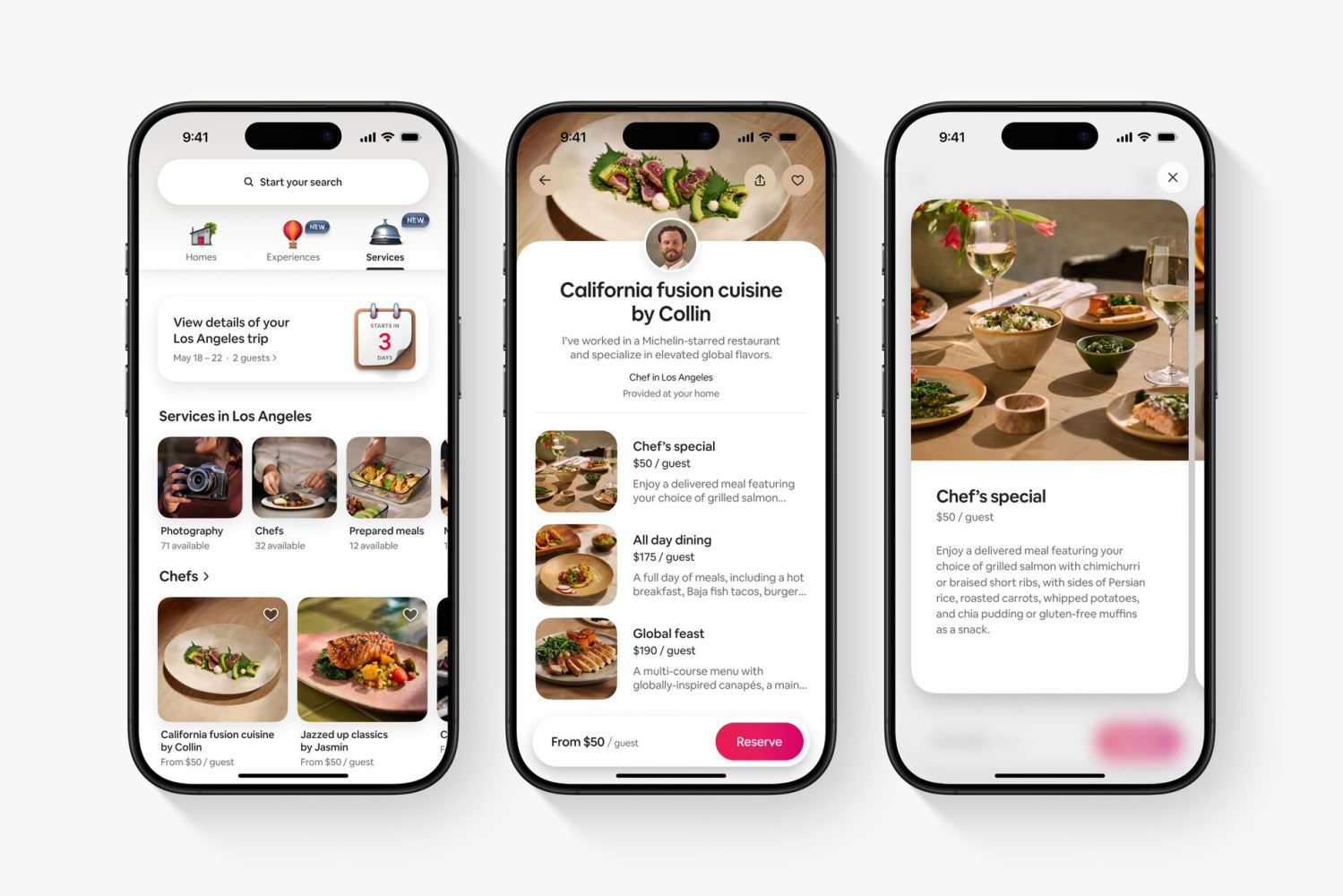






































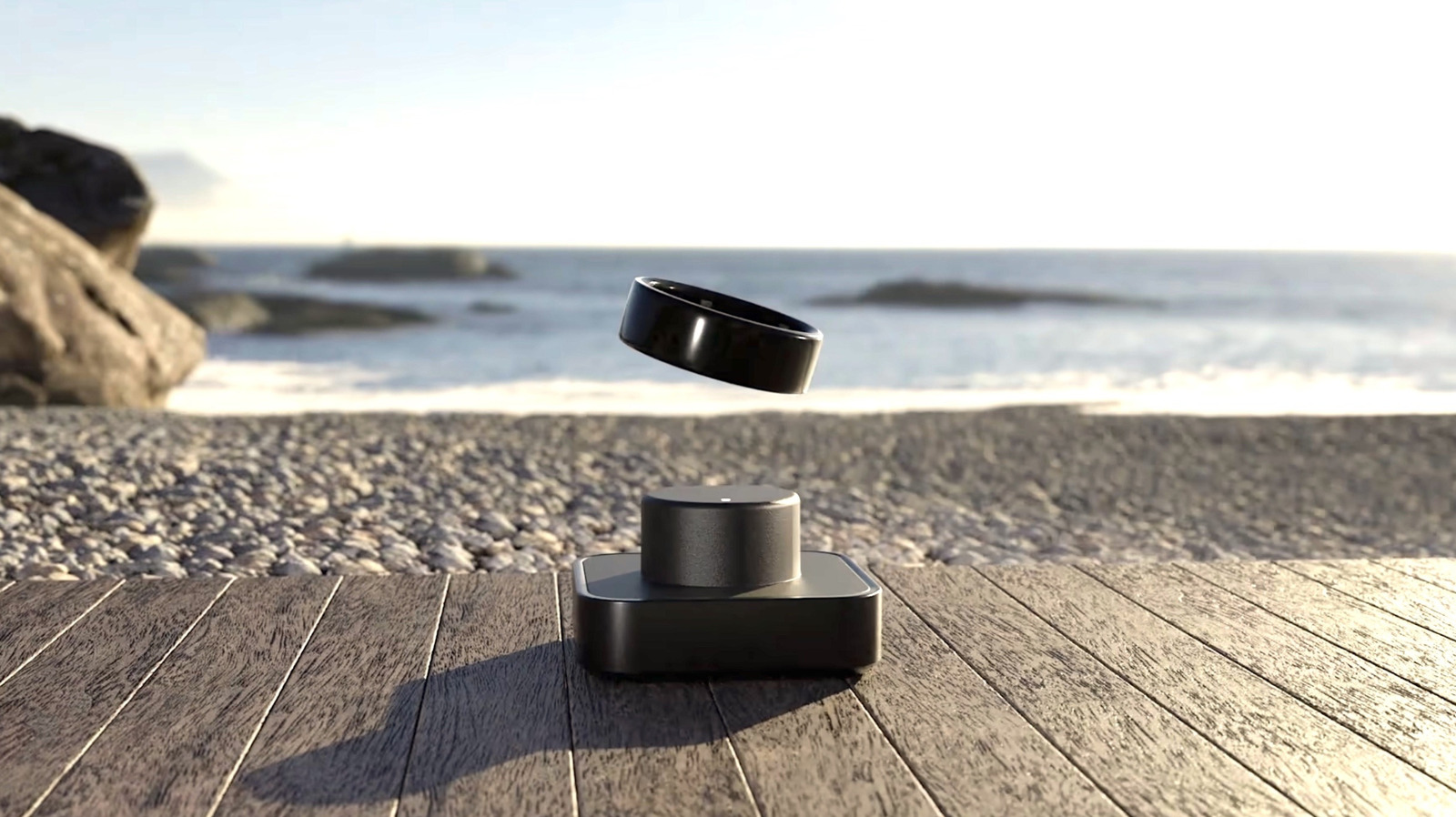










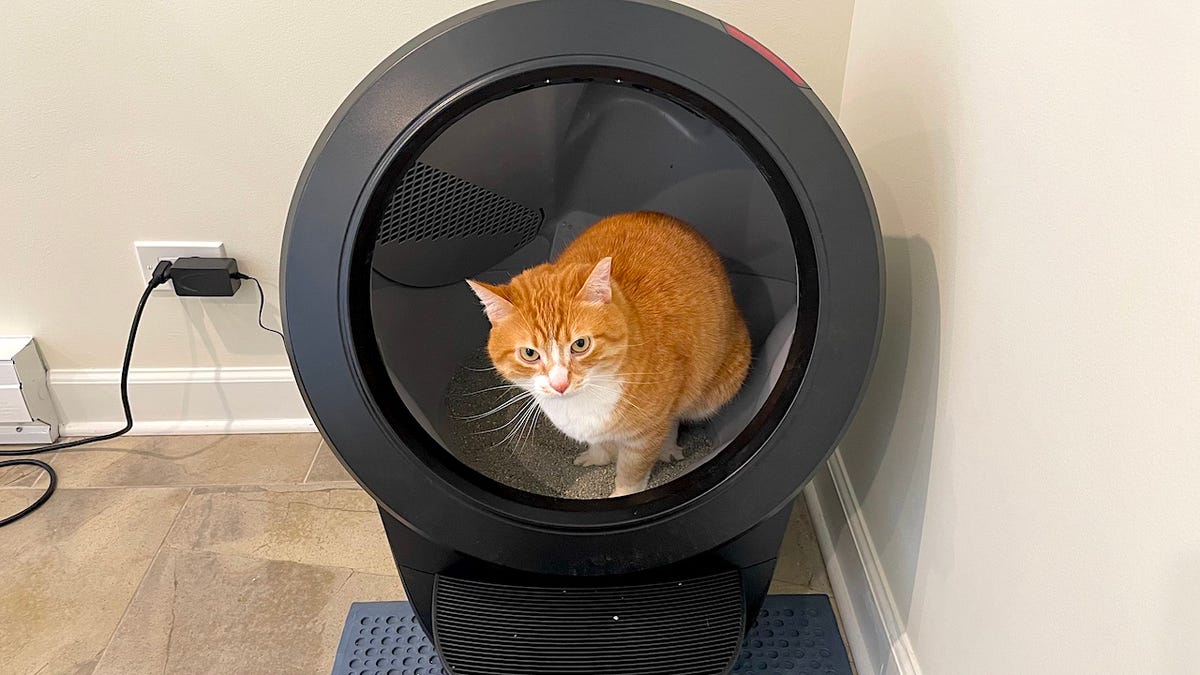

























.png?#)
.png?#)































































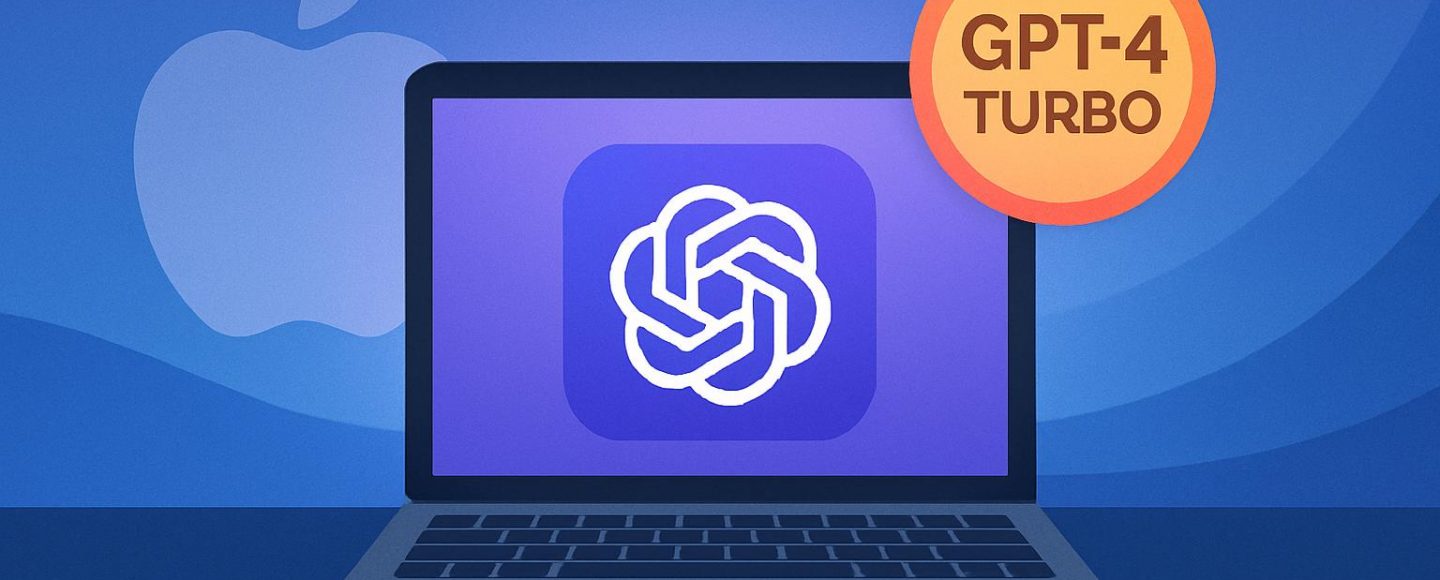
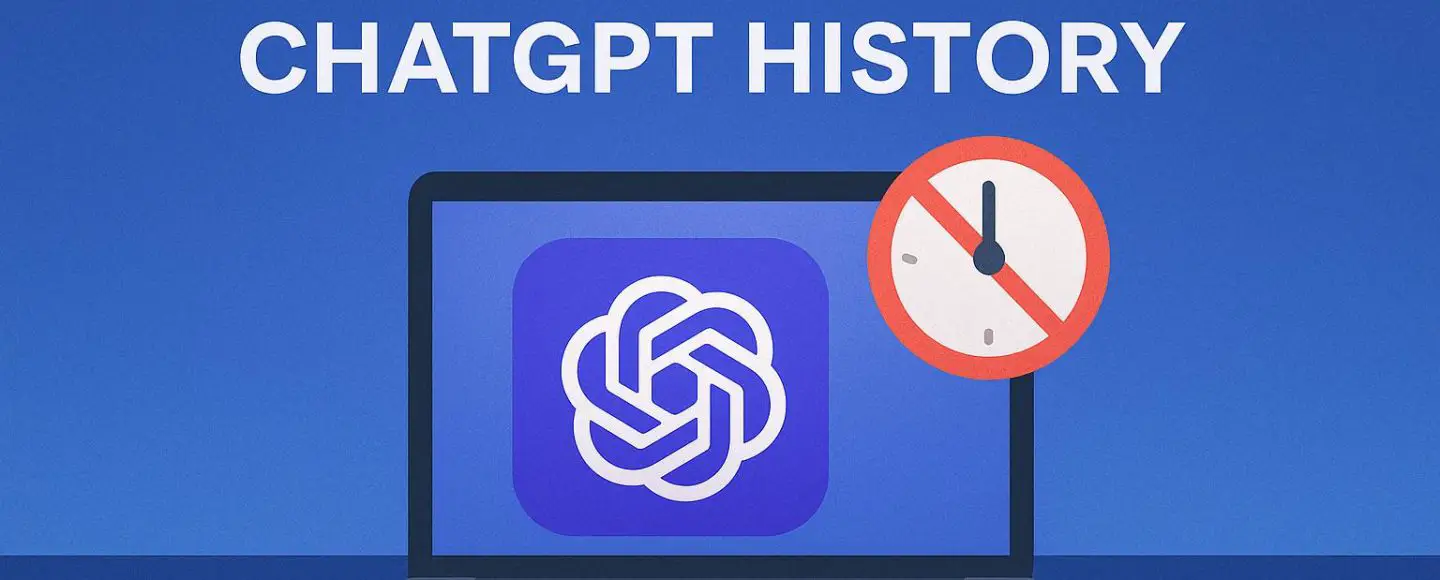
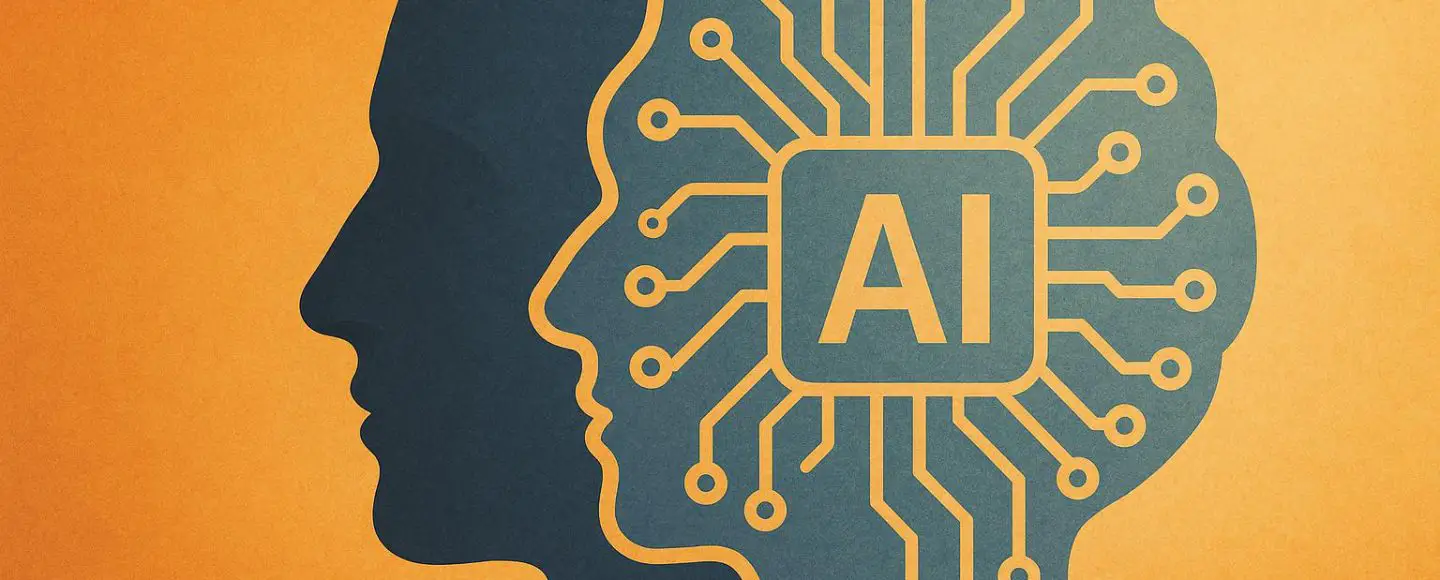




















































![[The AI Show Episode 147]: OpenAI Abandons For-Profit Plan, AI College Cheating Epidemic, Apple Says AI Will Replace Search Engines & HubSpot’s AI-First Scorecard](https://www.marketingaiinstitute.com/hubfs/ep%20147%20cover.png)























































































































































































































































